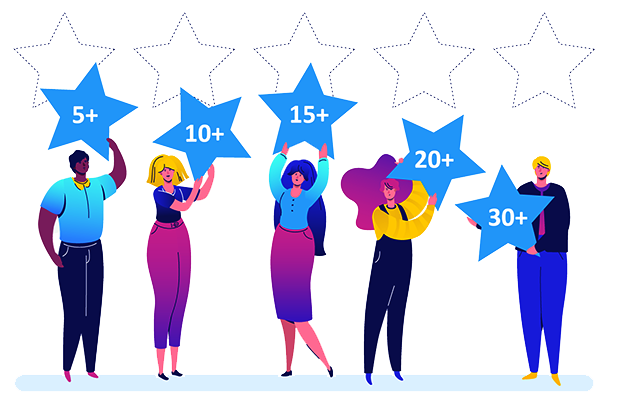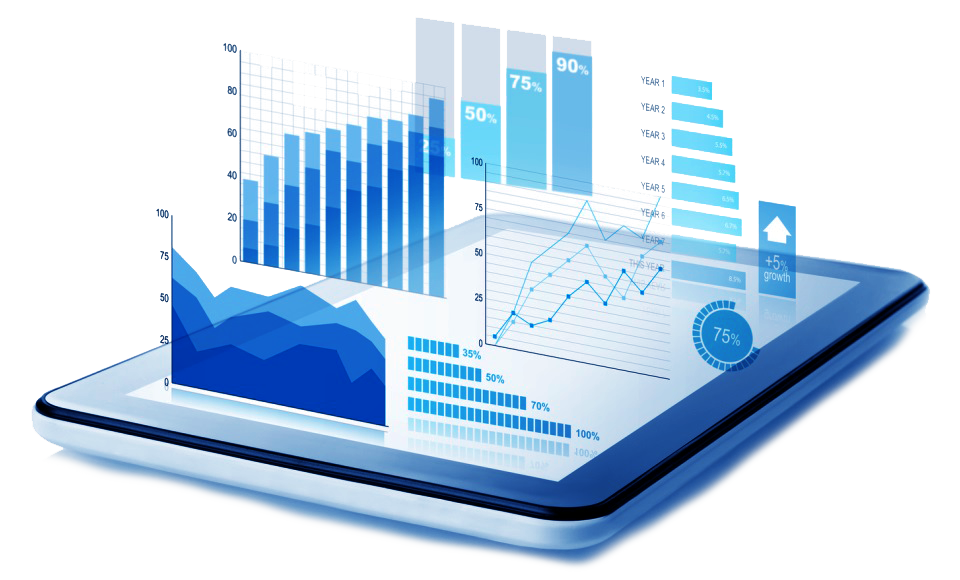Lead scoring is the process of classifying your leads by their sales-readiness using a preset methodology.
What determines the score is based on your company’s ranking system, and what values you attach to leads based on their actions or behaviour relating to their interest in your products or services.


How to score a lead
Developing a point-based system allows your business to gain a firm understanding of what leads are most likely going to convert, or what leads you need to nurture further.
Many software tools can help companies implement lead scoring.
Most large CRM vendors have some form of lead scoring tools. Lead scoring tools help companies capture leads and nurture them by monitoring their activity and then scoring it. Lead scoring software offers little value on its own, but when plugged into CRM systems and pipeline workflows, it can provide tremendous value by putting sales reps and marketers in front of the right prospect at the right time.

Lead scoring process
1. Create a buyer persona
Your buyer persona is your semi-fictional representation of a real customer. When your company has an accurate understanding of your buyer personas, the more precise your lead scoring efforts will be. This is due to the simple fact that they are the ideal customer for your business, therefore if you target them successfully, they will be the most likely to become converted leads.
2. Determine your data points
This is the stage of assigning point values to specific attributes. There are demographic characteristics such as age, location, company size, industry, department, and job title; and there are behavioural criteria such as social media engagement, email opens, email subscriptions, website visits, free trial requests, form submissions, content download, and webinar registration.
3. Assign point values
Your point value system will depend on what lead actions/demographics are the most important for your business. To ascertain what leads are the most valuable to your company, you will need to talk to both your sales team and existing customers. The sales team will have insights about what qualifies a lead to become a customer; and the customers themselves, well, they know better than anyone of what led them to make their purchase. Another way of determining your point system is by examining your marketing analytics. Which campaigns generated the most buyers? Why?
4. Determine the point threshold that makes an SQL
Once you assign values to your point system, you must determine what range of points equate to an SQL (sales qualified lead). By calculating what point threshold, or what cut-off point, corresponds to leads turning into customers, or where they stop converting, you will have a higher chance of converting those who are above that threshold. Once this number is determined, sales and marketing must work together to develop the appropriate outreach processes for leads of specific scores.
5. Employ sales and marketing tools
Scoring leads without the help of a marketing automation tool is time-consuming and can lead to data inaccuracies and lead routing problems. Also, as the lead continues to be nurtured down the sales funnel, their lead score will probably change.
Most marketing automation tools can handle the entire lead scoring process, ensuring that your leads are accurately scored while freeing up your time and resources.


Lead scoring actions
Companies have several ways of observing lead scoring actions. These include:
- Unsubscribe rates on emails/click-through rates: these can both track the effectiveness of your marketing campaigns by disclosing how well or how poorly the content resided with your audience, or how effective your targeting methods were.
- Average engagement per lead: this is determined by comparing lead scores or engagement scores of nurtured leads against leads that haven’t been touched by any sort of materials. A drop in this metric signifies to your company that you need to update your content or explore a new way of engaging leads.
- Information source: the source of information your prospect receives can be indicative of their interest in becoming a customer. Where the prospect chooses to engage with your content/materials can be a sign of how ready they are to become a buyer.
- Sales cycle: the length of time it takes for a lead to become a customer. The shorter the cycle, the better the lead nurturing and scoring process is because of the cost-benefit of gaining that new customer.
- Upsell and cross-sell: these sales opportunities help decide the revenue per customer. Companies aim for highly involved leads that are well-versed on products that they possibly want to buy.
Importance of lead scoring data
Lead scoring data is wildly beneficial to your enterprise’s growth and sustainability.
The knowledge you gain from tracking leads and their likeness to buy firstly helps secure more lead conversions to customers. It also lets you prioritise your leads and focus on different lead groups in a more personalised way.
Since every sales funnel is so unique, each company must be able to customise its lead nurturing process based on the demographic and behavioural information it has available at any given point, and lead scoring does just this. It customises your interactions and helps you better understand your own company processes. By helping coordinate your operations, lead scoring clears the path for a smoother hand-off of action-ready leads from marketing to the sales team so that they can make the sale.
Lastly, utilising information uncovered during the lead scoring process, the sales team can more precisely tailor its pitch to interested prospects, which will vastly improve the conversion rate.



